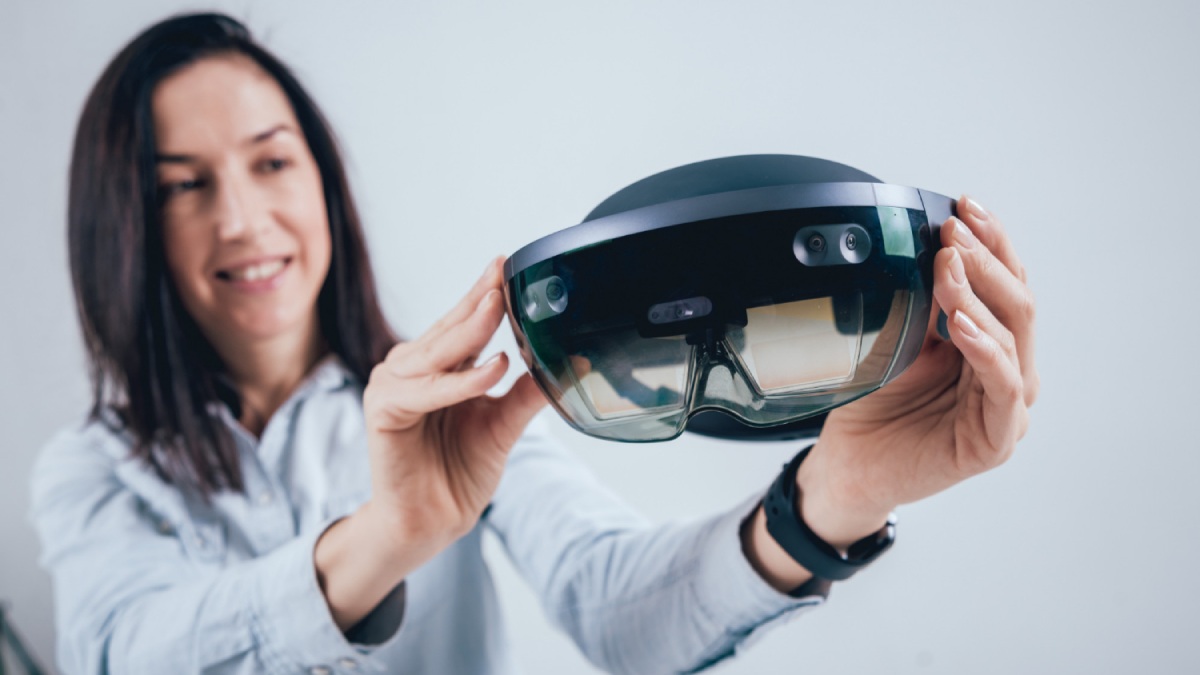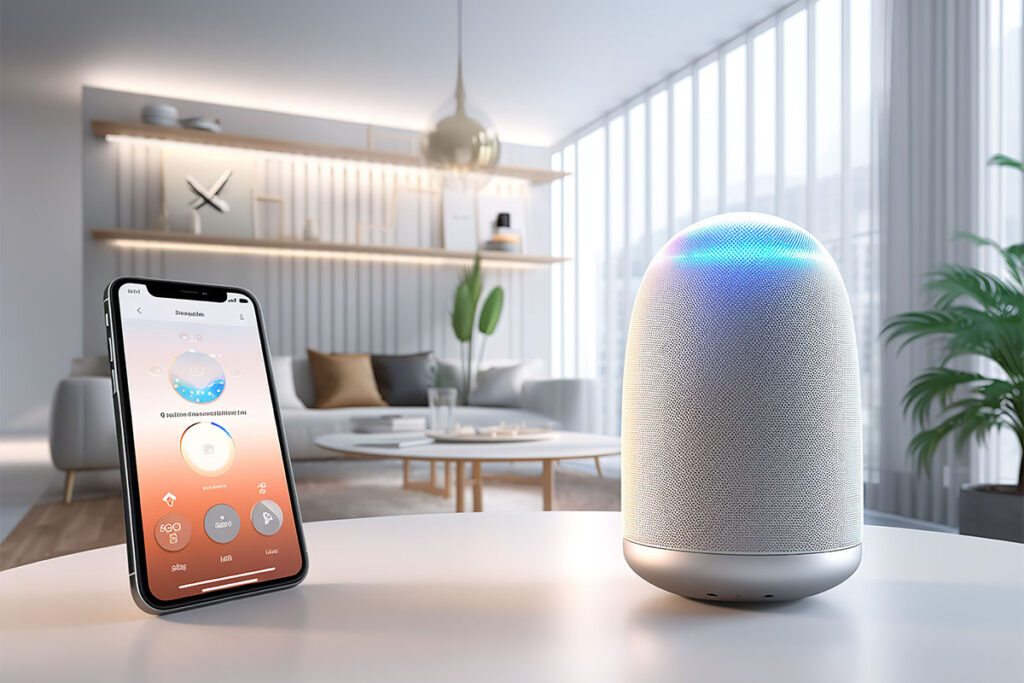Augmented Reality (AR) glasses are pushing the boundaries of innovation, bringing digital overlays into the real world. The latest advancements in AR technology are set to revolutionize industries such as gaming, healthcare, and education. With sleek designs and enhanced functionality, these AR glasses are more accessible and practical than ever before.
What Are AR Glasses?
AR glasses use transparent displays to project digital information onto real-world environments. Unlike VR, which immerses users in a fully digital world, AR enhances reality by blending the digital and physical. These devices enable users to interact with their surroundings in entirely new ways.
AR glasses are becoming lighter, more comfortable, and increasingly powerful, making them a viable option for everyday use.
Applications of AR Glasses
The potential applications of AR glasses are vast. In gaming, they offer immersive experiences by blending virtual elements with real environments. In healthcare, AR glasses assist surgeons with real-time data during operations. Additionally, educators can use AR to create interactive lessons that captivate students.
Companies like Microsoft and Magic Leap are leading this revolution, offering solutions tailored to different industries.
Advancements in AR Display Technology
Modern AR glasses feature advanced displays with high resolution and wide fields of view. These improvements allow for more realistic and seamless digital overlays. Innovations in microLED technology are further enhancing the clarity and brightness of AR visuals.
With these advancements, AR glasses provide users with an unparalleled immersive experience.
Enhanced Connectivity and Processing Power
Today’s AR glasses boast improved connectivity with 5G support and enhanced processing power. These features enable real-time data streaming and complex computations, making AR experiences smoother and more dynamic.
Standalone models, such as the Oculus Quest Pro, eliminate the need for external devices, offering greater mobility and convenience.
Design and Comfort: A User-Centric Approach
Early AR glasses were bulky and impractical for long-term use. However, modern designs prioritize comfort and aesthetics. Lightweight materials and adjustable frames ensure that users can wear these devices comfortably throughout the day.
Stylish designs, such as those by Nreal and Vuzix, are breaking the stereotype of tech-heavy AR glasses.
The Future of AR Glasses
As AR technology continues to evolve, expect features like AI integration, advanced gesture controls, and extended battery life. The next generation of AR glasses will likely become indispensable tools for both personal and professional use.
Conclusion
AR glasses are at the forefront of technological innovation, enhancing our interactions with the physical and digital worlds. With applications spanning industries and everyday use, they represent the future of immersive technology. Investing in the latest AR glasses opens doors to limitless possibilities, truly taking us beyond the screen.
| Product | Description |
|---|---|
| Microsoft HoloLens 2 | Enterprise-grade AR glasses with advanced tracking and visual clarity. |
| Magic Leap 2 | A versatile AR headset designed for professional and creative use. |
| Nreal Light | Stylish and lightweight AR glasses for everyday applications. |
| Vuzix Blade | AR glasses with an ergonomic design and excellent connectivity. |


